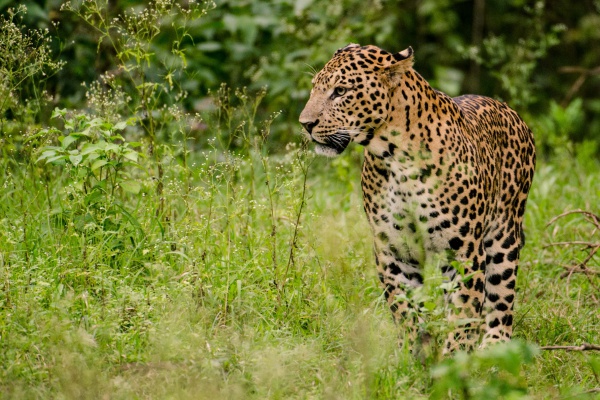Facts About Indian leopard
The Indian leopard, a subspecies of the leopard scientifically known as *Panthera pardus*, roams across the Indian subcontinent. Unfortunately, it is listed as Vulnerable on the IUCN Red List due to declining numbers, primarily caused by habitat loss, poaching, and human-wildlife conflicts. This majestic big cat shares its habitat with other iconic Indian felines, such as the Asiatic lion, Bengal tiger, snow leopard, and clouded leopard.
Over the years, scientists have proposed various names for leopard populations in regions such as Bengal, Nepal, and Kashmir. However, in 1996, these populations were consolidated under the single name *Panthera pardus fusca* because they were not geographically isolated from other Indian leopards.
Recognizable by its beautiful spotted coat, strong legs, and long tail, the Indian leopard exhibits sexual dimorphism, meaning males are generally larger and heavier than females. These leopards are found in India, Nepal, Bhutan, and parts of Pakistan, inhabiting various forest types but are notably absent from mangrove forests like the Sundarbans.
Leopards are elusive, solitary, and primarily nocturnal. They are excellent climbers and incredibly agile, with a diet that includes a wide range of prey. They are powerful hunters, capable of bringing down large animals. Female leopards can give birth to 2-4 cubs at any time of the year, and these big cats typically live between 12 and 17 years.
Indian leopards face several threats, including poaching for the illegal wildlife trade, habitat loss, and human-wildlife conflicts. Poachers target them for their skins and body parts, with organized networks operating between India, Nepal, and China. Human-leopard conflicts often occur when leopards venture into human settlements in search of food, leading to retaliatory killings.
Efforts to conserve Indian leopards include their listing in CITES Appendix I and the establishment of rescue centers. However, these efforts face challenges such as inadequate enforcement, lack of resources, and ongoing human-leopard conflicts. Conservationists emphasize the need to address the root causes of these conflicts by promoting changes in human behavior, improving land use practices, and managing forests responsibly to ensure the long-term survival of the Indian leopard.

 Bangladesh
Bangladesh